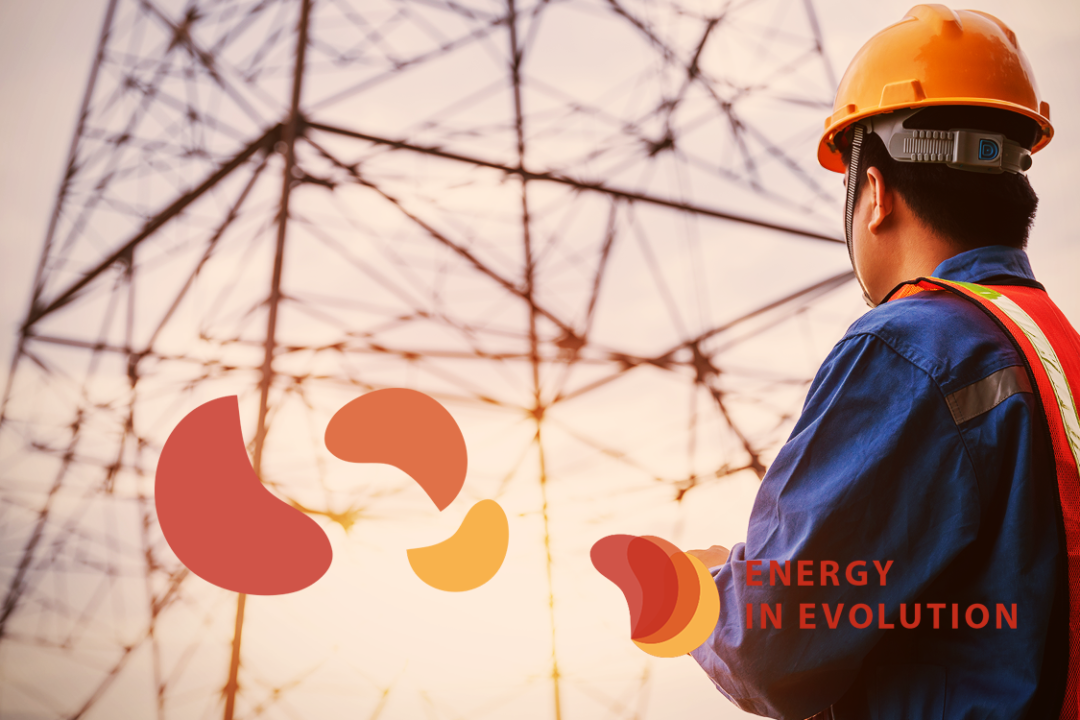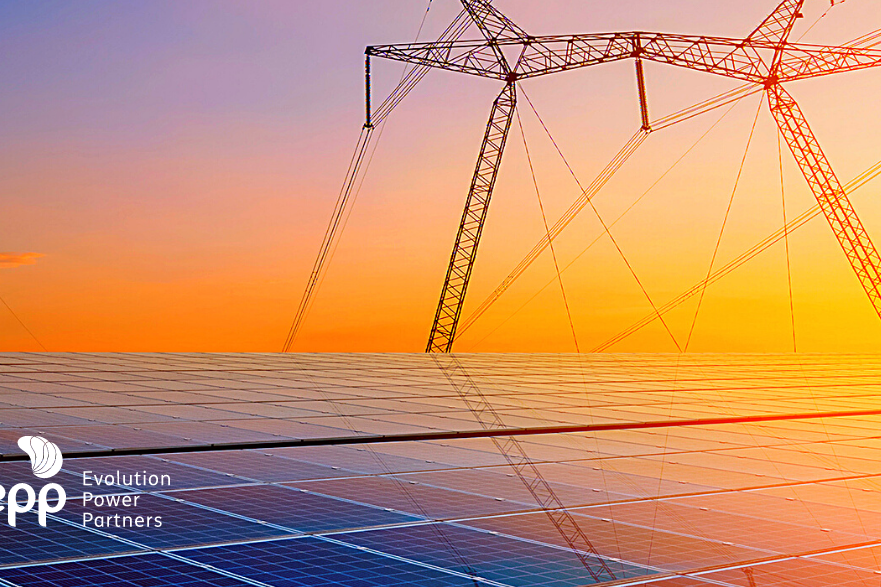How does power generation impact the environment? With the development of humanity, there was an imbalance in this relationship. Understand better!
Energy generation is totally related to the environment, since all energy produced is the result of the transformation of some natural resource. Thus, it is everyone’s duty to take care of the environment to ensure that the resource is maintained for the next generations.
However, the misuse of resources in the past has caused global warming to intensify and climate change to occur. Thus, it is urgent not only to adopt compensatory measures to avoid the emission of greenhouse gases, but also to invest in sustainable and renewable alternatives.
Energy and environment before the Industrial Revolution
Until the industrial revolution, in 1740, the world had a different relationship with energy production. Although there was already power generation through water and wind mills, this was done in a small and amateur way.
However, industrialization and the emergence of steam engines took this relationship to a new level. As fossil fuels were cheap and abundant, coal, gas and oil became the main sources of energy.
Never before in history have we experienced such a high level of CO2 in the atmosphere. If before the level of CO2 on the planet oscillated between 100ppm and 300 ppm, this value reached 417ppm in 2020. This growth generates two problems: first, the increase of the greenhouse effect, because with high CO2 rates in the atmosphere it is more difficult for sunlight and heat dissipate in the universe. Consequently, this situation leads to an increase in the world average temperature. There are predictions that in the year 2080 the regions of the tropics are already inhabited by the excess of heat.
Therefore, realizing this negative advance, in the 1980s, United Nations (UN) organizations and other entities began to develop actions and measures in order to promote sustainability. Sustainability is a form of development that aims at the commitment of the company, country or citizen to maintain the environment for the next generations.
How to build a healthy relationship in this scenario?
In 1920, the world population was 1 billion 834 million people. One hundred years later, in 2020, the population already reaches 7 billion and 841 million people. Thus, with population growth, increased industrialization and technological development, there was an increase in energy demand and countries needed to adapt to this. In addition to the environmental problem that fossil fuels generate, this source is finite. Thus, investing in renewable and clean sources has become a necessity for the maintenance of the planet, as well as energy security.
Fortunately, Brazil is a country that is ahead in this scenario and already invests in renewable sources, such as hydroelectric, wind and solar energy. According to the Ministry of Mines and Energy, 83% of the Brazilian electrical matrix comes from sustainable sources. However, Brazilian plants that use mineral coal correspond to 24.9% of the matrix. The Ten-Year Energy Expansion Plan (PDE 2029) provides for the deactivation of coal-fired power plants and others powered by fossil fuels, for technical, economic and contractual reasons, totaling 5.5 GW. The document also provides for investments in wind, solar and biomass plants.
Thus, the country still needs to advance investments and continue promoting actions that make sustainable energy expansion feasible. The reduction of bureaucracy, the expansion of access laws and investments for the sector are ways of making positive progress towards this goal.
Therefore, we can see that the establishment of a good relationship between energy generation and the environment needs an involved and conscious society. In addition, all the necessary changes point to clean energy as a solution. And you, what do you think of this theme? Leave your comment in the post!






